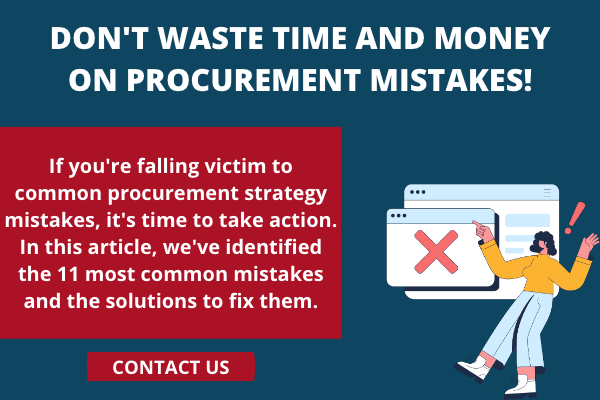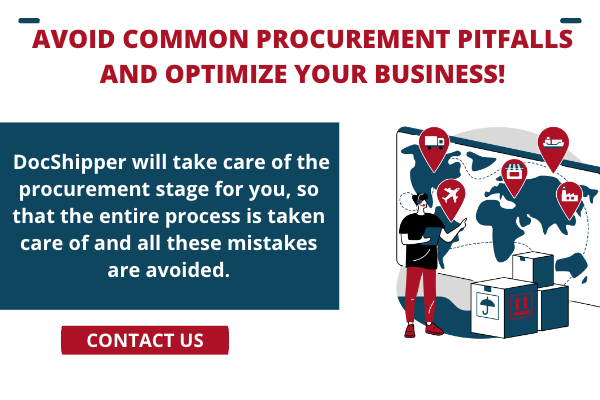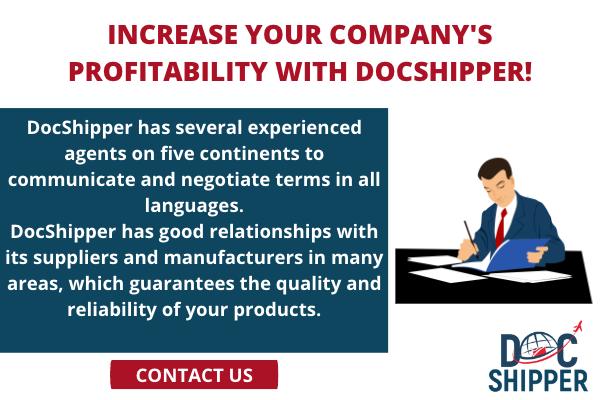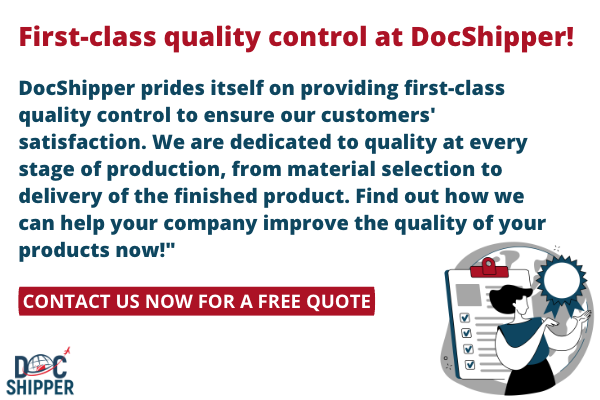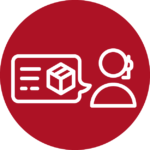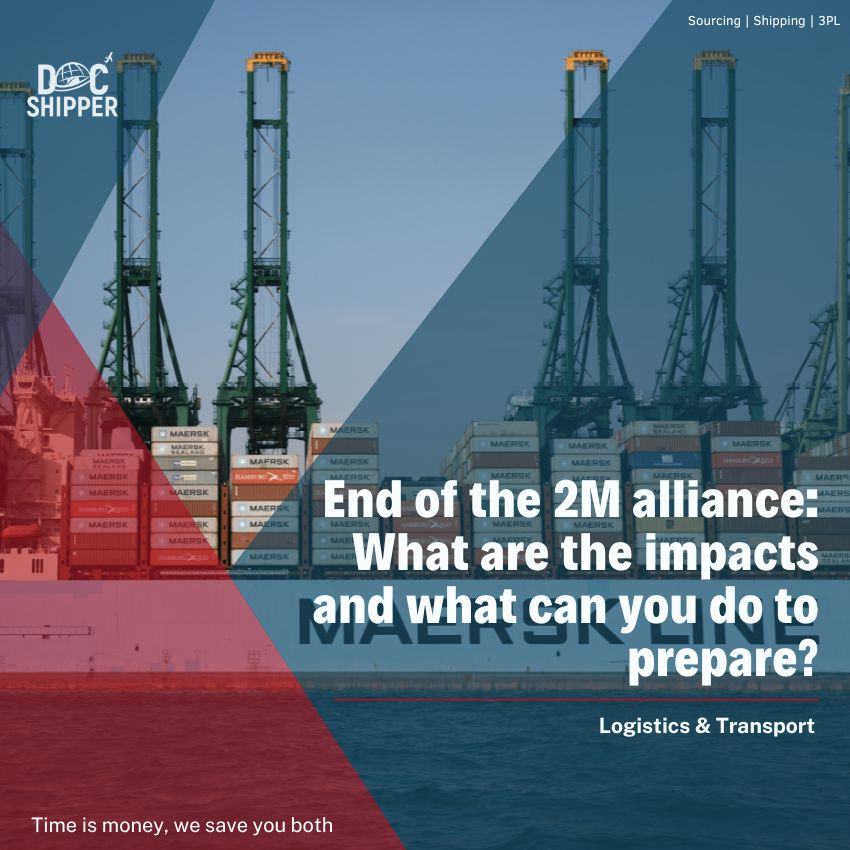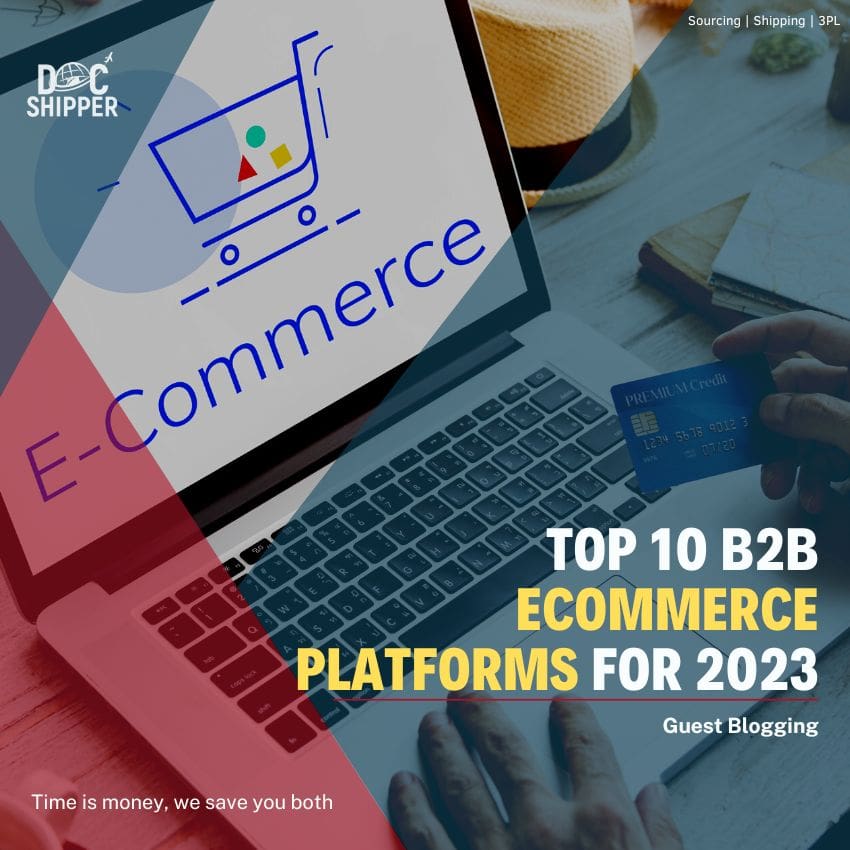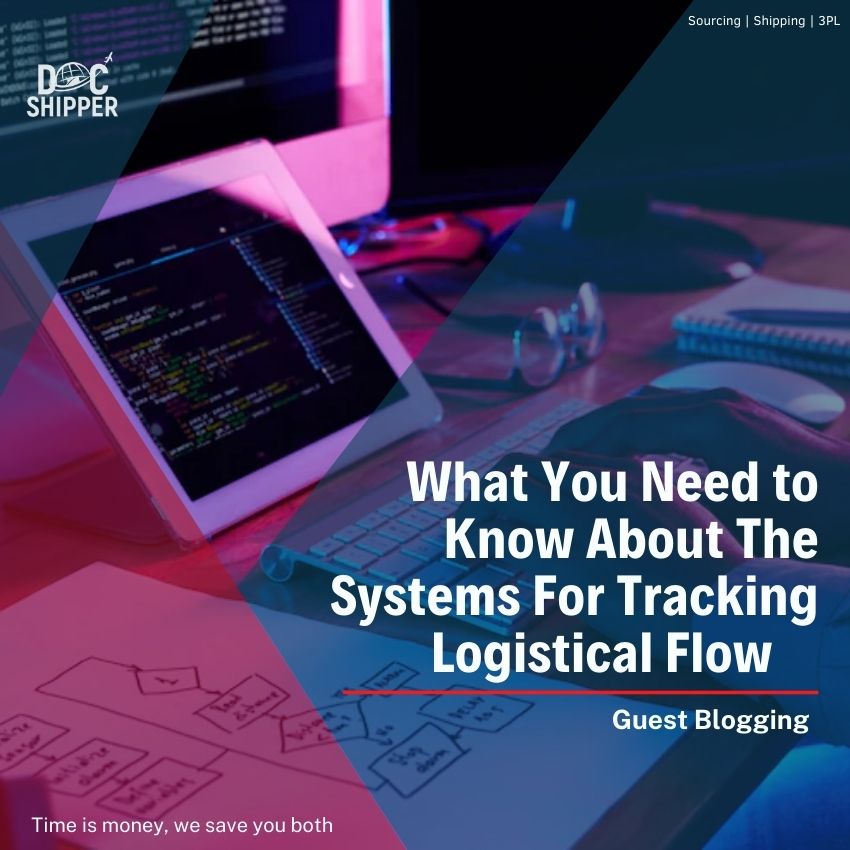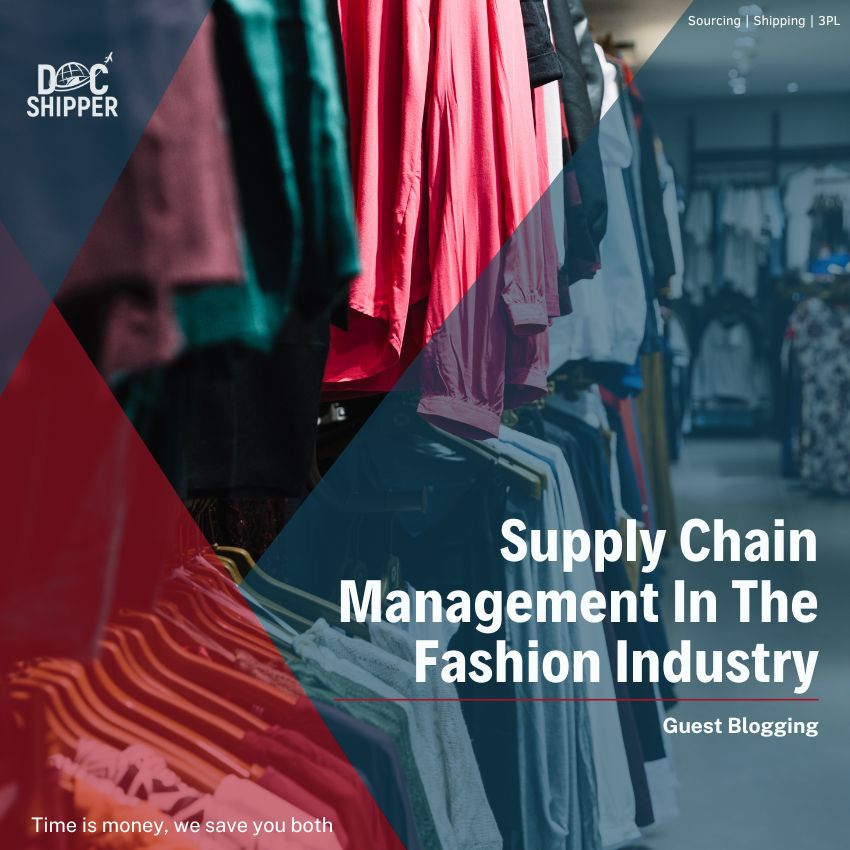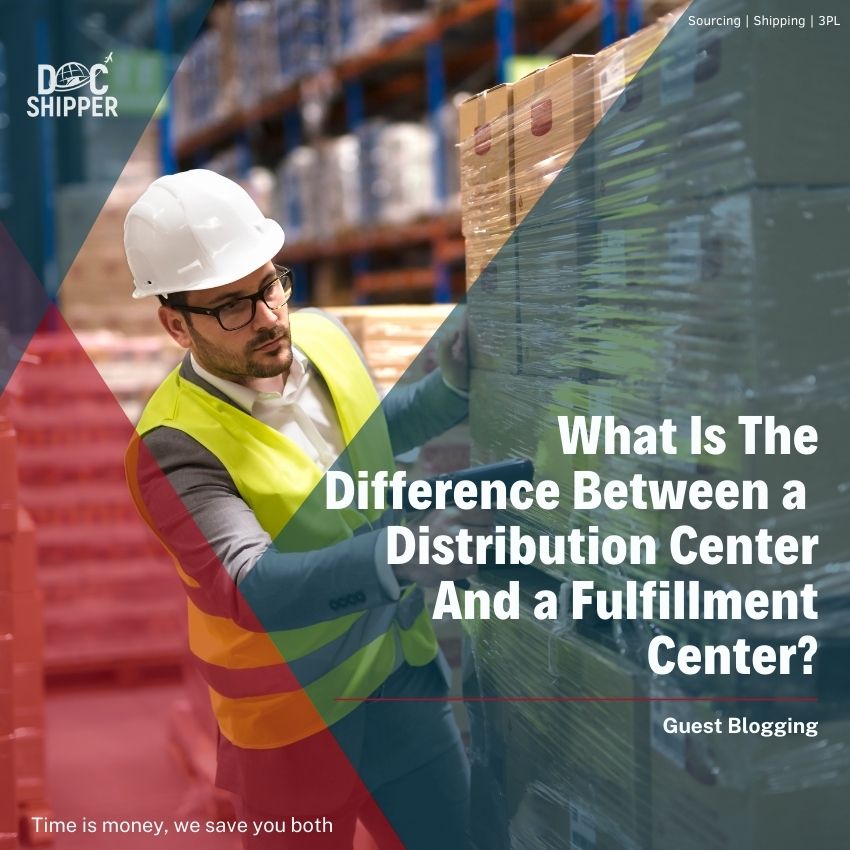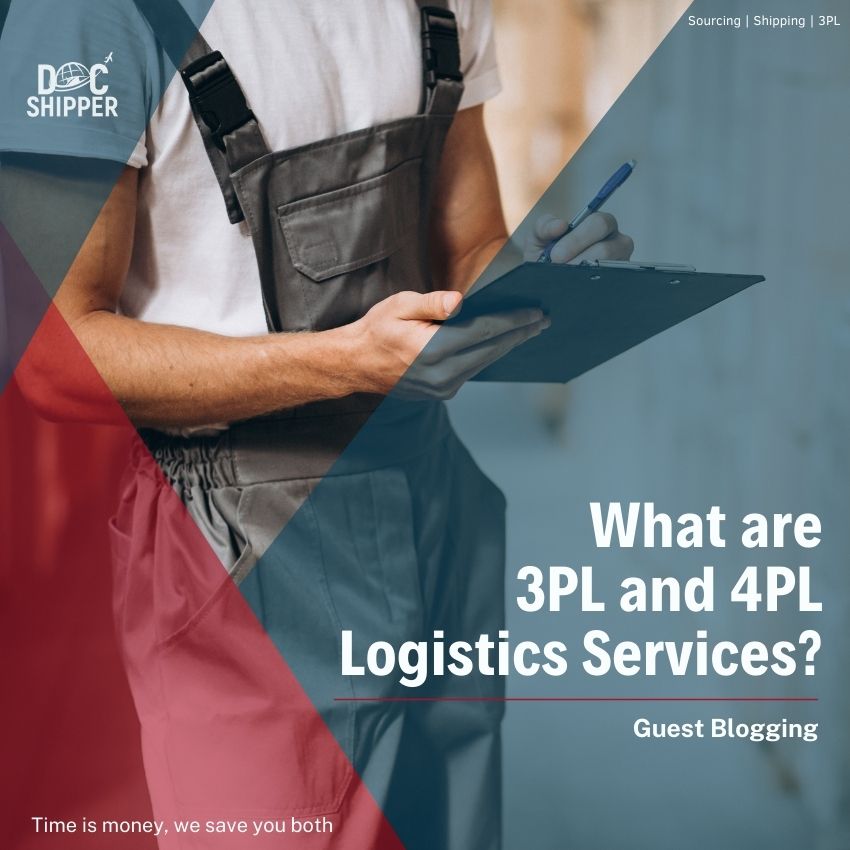Procurement is a key component of any business, large, or small. Effective procurement strategies allow companies to keep costs down, reduce risk and improve product quality. However, common mistakes in procurement strategy can hinder companies' efforts to achieve these goals. In this article, we'll examine the 11 most common procurement strategy mistakes and how to correct them.
Top 11 Common Procurement Strategy Mistakes And How to Fix Them
Procurement is the ultimate collaborator, bridging the gap between internal and external operations. It's a thrilling position that demands a diverse skill set.
Not only do you have to be a top-notch communicator, but you also have to be a master of market research, have a keen eye for financial health and departmental needs, and ensure daily operations are aligned with your organization's high-level strategy.
Oh, and let's remember managing risks like a pro. Are you a procurement leader who feels like you're constantly juggling multiple roles? Well, you're not alone! In this blog post, we will dive headfirst into the challenges of creating a rock-solid crisis management strategy. Get ready to transform how you approach procurement and become a true master of your craft!
Are you ready for the ride?
Buckle up because the procurement process is no easy feat! Managing various responsibilities, from vendor communication to compliance checks, payment processing, and market trend analysis, requires a skilled team with nerves of steel. Remember the staggering number of purchase orders, vendors, and suppliers that must be juggled simultaneously.
One small mistake or unexpected market shift can wrench your daily operations and hit your revenue hard but fear not because procurement leaders are on the case. They ensure their teams have the best tools and strategies to tackle foreseeable and unforeseeable challenges. Get ready to discover their secrets!
The past two years have shaken up the world of procurement! The COVID-19 pandemic brought about a slew of new challenges, such as sudden fluctuations in demand, labor shortages, and political upheavals.
Procurement teams are feeling the heat and stepping up to become more proactive, adaptable, and analytical in the face of volatile supply changes.
Are you ready to dive in and discover the dominant 11 challenges procurement teams will face as they strive for future-ready practices? Let's go!
Mistake 1: Inconsistent Procurement Methods
Are you tired of the procurement process causing chaos and confusion in your organization? It's no secret that larger companies struggle to maintain consistency in their procurement methods, often resulting in major discrepancies and missed opportunities for cost savings and stronger vendor relationships.
But fear not, because e-procurement is here to save the day! By providing a comprehensive overview of the P2P process, e-procurement ensures consistency and enables companies to leverage their size and frequency of orders for discounts and faster deliveries. Plus, with better relationships and long-lasting partnerships, everyone involved comes out on top!
Procurement is undergoing a digital revolution where accelerated processes, increased transparency, and improved decision-making are becoming the norm. But, introducing new tools and workflows can be a significant change that demands thoughtful implementation.
As a procurement leader or team manager, you'll be the hero guiding your employees and partners toward success with a well-planned change management strategy. So get ready to take your procurement process to the next level and enjoy the benefits that e-procurement can bring!
Mistake 2: Employees and vendors may exhibit reluctance to adopt e-procurement.
Unsurprisingly, people may resist change, especially when they're used to doing things a certain way. They may worry that introducing new initiatives could slow down their workflows and negatively impact their productivity. But fear not because there is a solution!
As a manager, it's crucial to provide your teams with enough time and resources to understand the benefits of e-procurement; and it's not just about the company as a whole – emphasize how it can positively impact their KPIs. With the right approach, you can overcome resistance and successfully implement e-procurement for the benefit of everyone involved.
Mistake 3: Contract Management
The inflation surge in June 2022 hit a record high of 9.1%, causing a major concern for procurement processes. With a strategic approach to purchasing goods, companies can stay within their budget due to rising prices. Inefficient contract management only exacerbates the issue by locking companies into pricing changes they cannot afford.
Many procurement teams need to remember to review their contracts after signing them, which can lead to companies missing out on opportunities to terminate contracts with underperforming vendors or to enforce predetermined metrics to manage price increases. To avoid such risks, procurement teams must prioritize contract management and regularly revisit vendor relationships to ensure optimal pricing and performance.
Mistake 4: Poor internal communication
According to a recent survey by McKinsey, digital solutions can significantly impact internal collaboration, particularly within procurement teams.
Traditionally, procurement has been viewed as a transactional function and not closely aligned with any particular department. However, in today's business landscape, successful companies recognize the importance of procurement managers taking on a strategic role in mitigating risk and ensuring business continuity.
To achieve this, procurement teams must work closely with all business departments, including finance, to ensure effective communication and alignment with growth projections. Failure to do so can lead to financial mismanagement, which can negatively impact the company's financial stability.
Mistake 5: Inefficient processes
For procurement to be optimized and business success to be ensured, it's crucial to establish a smooth integration between procurement processes and financial systems throughout the entire organization.
Automation can streamline several processes, such as managing vendors, contracts, invoices, purchase orders, and approving purchase requisitions. By automating these tasks, procurement teams can work faster and with greater accuracy, leading to more efficient and effective decision-making for the business.
Overall, aligning procurement processes with financial systems is essential for optimizing the organization's financial health. Organizations can achieve better spending decisions, stronger supplier relationships, and improved financial performance by maintaining close collaboration between procurement and finance teams.
Mistake 6: Risk Management and Mitigation
Procurement is a complex function with several risks that can impact it. McKinsey's report has categorized these risks into four main sources:
- Product shortage risks: occur when a company cannot procure enough of a particular product to meet demand. This can happen due to various reasons, such as disruptions in the supply chain, geopolitical events, or natural disasters. Procurement teams can mitigate this risk by building strong relationships with suppliers, maintaining visibility into the supply chain, and implementing contingency plans.
- Supplier risks: They can stem from factors such as poor performance, financial instability, or regulatory non-compliance. Procurement teams can mitigate this risk by conducting due diligence on suppliers, monitoring their performance, and identifying alternative suppliers in case the primary one fails to deliver.
- Inflation risks: refer to the risk of prices rising over time, impacting the company's purchasing power. Procurement teams can mitigate this risk by negotiating long-term contracts with suppliers, setting up pricing agreements based on predetermined metrics, and using digital solutions to track pricing trends and make informed decisions.
- Finally, the need for digitization in procurement processes is also a risk that organizations should consider. To mitigate these risks and to develop more precise forecasts and pricing models based on different scenarios, procurement teams require advanced analytical capabilities. Utilizing digital tools and solutions can assist in building these capabilities. By adopting digital solutions, procurement teams can gain greater visibility into their supply chains, make data-driven decisions, and mitigate real-time risks.
Overall, digital solutions can help procurement teams build resilience against various risks and ensure business continuity.
Mistake 7: Lack of transparency 
According to a survey, 60 out of 100 business leaders believe that the absence of transparency can lead to risks. A lack of transparency can directly impact cash flow, which can be improved by 11-20% through increased visibility.
To enhance transparency, leaders may need to revamp their procurement process. They can:
- Remove manual data entry, which is prone to errors and can slow the procurement process. By automating data entry, organizations can reduce the risk of errors and speed up the procurement process.
- Integrate procurement analytics into core financial software. This enables finance and procurement teams to analyze spending data in real time, which can help identify cost savings opportunities and potential risks.
- Implementing new practices for data entry and communication is essential for improving transparency.
- Train employees and suppliers on these practices.
These initiatives help create a more transparent and efficient procurement process.
Mistake 8: Making sure that invoices are properly matched to purchase orders
This is crucial in avoiding several issues that can harm your business operations. You risk paying twice for the same thing, incurring unnecessary penalty fees, and missing out on opportunities to save money. These mistakes can ultimately slow down your business and damage relationships with vendors.
With the help of e-procurement, it becomes a breeze to match invoices to POs, ensuring that prices are within your budget and there are no discrepancies. This will prevent vendors from taking advantage of the situation, ensuring you pay only what was agreed upon. With e-procurement automation, what would have been a time-consuming manual process can now be accomplished quickly and accurately.
Mistake 9: Failing to match Invoices to POs
In addition to preventing double payments, penalty fees, and missed discount opportunities, matching invoices to POs can prevent vendors from manipulating prices. Without a clear system, vendors may be able to inflate prices or include extra charges on invoices, leading to the company paying more than they had originally agreed upon.
By leveraging e-procurement technology, companies can easily match invoices to POs, identify discrepancies, and promptly address them. This ensures accurate payments and provides transparency and accountability throughout the procurement process, ultimately resulting in improved vendor relationships and increased cost savings.
Mistake 10: Failing to align procurement strategy with overall business objectives.
In many companies, procurement processes operate independently, which makes it difficult for C-level executives to evaluate the effectiveness of their procurement strategy. While they can see the overall spending, it takes time to determine how strategic or necessary individual purchases are.
Align procurement strategy with overall business objectives to avoid misalignment between procurement and the rest of the organization. When procurement strategies are developed in isolation without considering the organization's overall goals, it can result in inefficiencies, missed opportunities, and wasted resources.
For example, if the organization's overall goal is to reduce costs, but the procurement strategy focuses on purchasing high-quality goods or services at a premium, a misalignment may lead to wasted resources and higher prices.
On the other hand, if the organization's overall goal is to improve sustainability and reduce its environmental impact, but the procurement strategy needs to consider environmental factors, it may miss opportunities to purchase goods or services from suppliers with sustainable practices or products.
Mistake 11: Providing technical support to suppliers and vendors
To ensure smooth communication with your suppliers and vendors, providing them with digital tools is important. However, gaining their trust and confidence can be a challenge. Some may be hesitant to share their data with your systems or unwilling to invest time in learning new tools and processes.
To overcome these challenges, it's essential to customize your training programs for your suppliers and vendors. This requires carefully analyzing different digital solutions and finding a platform to provide an easy-to-use experience. With the right tools and tailored support, you can build trust and confidence with your suppliers and vendors, leading to better communication and more successful partnerships.
Moving Forward!
Organizations can improve their procurement processes and achieve better outcomes by avoiding these common procurement strategy mistakes. A well-planned and executed procurement strategy can help organizations achieve their goals, enhance stakeholder satisfaction, and drive long-term success.
Do you need help keeping up with the rapidly changing supply chain and procurement processes in today's digital age? Look no further than BusinessBid's Best Procurement Software Tool & Management System! Our comprehensive platform is the perfect solution to help your company stay ahead of the curve.
With our powerful software, you can streamline your procurement processes and manage your supply chain more effectively. Our system keeps important information about suppliers, products, and services and can help manage contracts and negotiations.
But that's not all - BusinessBid's E-procurement software also comes equipped with advanced predictive analytics capabilities to help you anticipate future needs and make better decisions. Our user-friendly platform lets your business easily track orders, analyze data, and stay on top of new trends. Stay caught up in the digital revolution – try Procurement Software by BusinessBid today!
FAQ |Top 11 Common Procurement Strategy Mistakes And How to Fix Them
What is a procurement strategy?
A procurement strategy is a plan or approach used by an organization to acquire goods and services from suppliers. It involves identifying the most cost-effective and efficient ways to purchase goods and services while maintaining quality standards.
Why is procurement strategy important?
A procurement strategy is important because it helps organizations reduce costs, improve efficiency, and ensure that they get the best value for their money. It also helps organizations manage risks associated with procurement, such as supplier dependency and supply chain disruptions.
What are the different types of procurement strategies?
There are several types of procurement strategies, including strategic sourcing, supplier relationship management, category management, and e-procurement. Each of these strategies focuses on different aspects of procurement, such as cost reduction, supplier collaboration, and process automation.
How do you develop a procurement strategy?
To develop a procurement strategy, you need to analyze your organization's needs, identify potential suppliers, evaluate their capabilities, and select the best procurement method. You should also consider factors such as cost, quality, delivery time, and risk management.
What are some best practices for implementing a procurement strategy?
Some best practices for implementing a procurement strategy include developing clear procurement policies and procedures, using technology to automate procurement processes, conducting regular supplier performance evaluations, and fostering collaboration between procurement and other departments within the organization.
How do you measure the effectiveness of a procurement strategy?
To measure the effectiveness of a procurement strategy, you can track metrics such as cost savings, supplier performance, lead times, and quality of goods and services. You can also conduct regular audits and reviews of procurement processes to identify areas for improvement.
DocShipper info: Do you like our article today? For your business interest, you may like the following useful articles :
- How to choose manufacturers and wholesalers in Vietnam : your full Gide to take the best choice
- What is the best way to ship freight from China?
- Fire at Turkey’s Iskenderun Port: what are the consequences on the port and transportation field?
- End of the 2M Alliance: What are the impacts and what can you do to prepare?
- Top 10 B2B eCommerce Platforms for 2023
DocShipper Advise : We help you with the entire sourcing process so don't hesitate to contact us if you have any questions!
- Having trouble finding the appropriate product? Enjoy our sourcing services, we directly find the right suppliers for you!
- You don't trust your supplier? Ask our experts to do quality control to guarantee the condition of your goods!
- Do you need help with the logistics? Our international freight department supports you with door to door services!
- You don't want to handle distribution? Our 3PL department will handle the storage, order fulfillment, and last-mile delivery!
DocShipper | Procurement - Quality control - Logistics
Alibaba, Dhgate, made-in-china... Many know of websites to get supplies in Asia, but how many have come across a scam ?! It is very risky to pay an Asian supplier halfway around the world based only on promises! DocShipper offers you complete procurement services integrating logistics needs: purchasing, quality control, customization, licensing, transport...
Communication is important, which is why we strive to discuss in the most suitable way for you!


